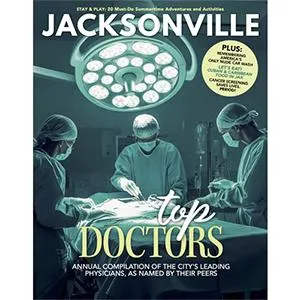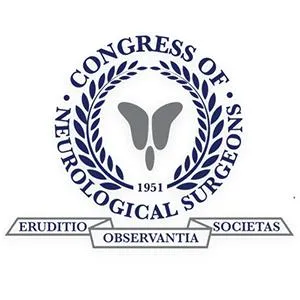Spine Surgery
Motion Preservation Surgery
Disc Replacement Procedures to Relieve Pain and Protect Movement in the Spine
Traditional spinal fusion stabilizes painful motion segments but sacrifices flexibility at the fused level. For many patients, especially younger or more active ones, this trade-off can increase stress on nearby spinal levels and limit mobility. Motion preservation surgery offers an alternative, relieving pain and nerve compression while keeping the spine moving naturally. At Desert Spine and Pain, neurosurgeon Dr. David L. Greenwald, M.D., FAANS, FACS specializes in both fusion and motion-preserving techniques, carefully selecting the right option for each patient. Motion preservation can include artificial disc replacement, laminoplasty, or stabilization devices such as Coflex.

Over 100 5-Star Reviews!

Types of Motion Preservation Surgery

Artificial Disc Replacement (ADR)

Cervical Disc Replacement

Lumbar Disc Replacement

Anterior Lumbar Fusion with Disc Replacement
What Is Motion Preservation Surgery?
At Desert Spine and Pain, we perform thInstead of fusing bones together, we use advanced implants or procedures to relieve pressure and keep your spine moving as naturally as possible. Motion preservation surgery encompasses procedures such as cervical or lumbar disc arthroplasty, laminoplasty, and interlaminar stabilization devices that relieve compression while maintaining segmental mobility, reducing the risk of adjacent segment degeneration compared to fusion.
Disc Replacement Surgical Procedures
Artificial Disc Replacement (ADR)
Artificial Disc Replacement (ADR)—also known as Total Disc Arthroplasty—is a motion-preserving alternative to spinal fusion used to treat painful disc degeneration in the neck (cervical spine) or lower back (lumbar spine). Instead of permanently joining two vertebrae together, ADR replaces a worn or damaged disc with an artificial implant that restores natural height and motion between the bones. The goal is to relieve nerve pressure, maintain flexibility, and reduce the risk of future degeneration at nearby levels.
At Desert Spine and Pain, Dr. David Greenwald performs ADR through a minimally invasive anterior approach, accessing the spine from the front to remove the diseased disc and decompress the spinal nerves. A specially designed artificial disc—made of metal and medical-grade polymer—is then implanted to mimic the movement of a healthy, natural disc. Unlike fusion, which limits motion, ADR allows bending, rotation, and extension, helping patients return to normal activity more quickly.
This advanced procedure is ideal for younger or active patients with degenerative disc disease, herniated discs, or nerve compression that has not responded to conservative treatment. Most patients experience immediate relief from arm or leg pain, regain flexibility, and return to work or daily activities within a few weeks. By preserving natural movement and spinal alignment, ADR offers lasting pain relief and improved long-term spinal health compared to traditional fusion surgery.
Cervical Disc Replacement
Cervical Disc Replacement—also called Cervical Disc Arthroplasty—is a motion-preserving alternative to spinal fusion for patients with herniated or degenerative discs in the neck. The procedure relieves pressure on the spinal cord and nerve roots while maintaining the natural movement between vertebrae. It’s often recommended for patients with arm pain, numbness, tingling, or weakness caused by a damaged cervical disc that hasn’t responded to conservative treatments.
At Desert Spine and Pain, Dr. David Greenwald performs cervical disc replacement using a minimally invasive anterior (front of the neck) approach. The diseased disc is carefully removed to decompress the spinal cord and nerves, and a medical-grade artificial disc implant is placed between the vertebrae to restore height and preserve motion. Unlike fusion, which permanently joins the bones and limits mobility, disc replacement allows the neck to bend and rotate normally while reducing stress on nearby discs.
This advanced technique offers faster recovery, less postoperative stiffness, and lasting relief of nerve pain. Most patients notice immediate improvement in arm and shoulder symptoms, can return home the same day or after one night in the hospital, and resume light activities within a few weeks. By combining neurosurgical precision and motion-preserving technology, Dr. Greenwald helps patients regain comfort, mobility, and confidence without sacrificing natural neck movement.
Lumbar Disc Replacement
Lumbar Disc Replacement is a motion-preserving spinal surgery designed to treat degenerative disc disease or herniated discs in the lower back. Instead of fusing the vertebrae, this procedure replaces the damaged disc with an artificial implant that restores normal spacing and movement between the bones. The goal is to relieve back and leg pain caused by nerve compression while maintaining flexibility in the lumbar spine.
At Desert Spine and Pain, Dr. David Greenwald performs lumbar disc replacement through a minimally invasive anterior approach, accessing the spine from the abdomen to avoid cutting through back muscles. The diseased disc is removed and replaced with an artificial disc made of titanium and polymer materials, designed to mimic the motion of a healthy disc. This allows the spine to bend and rotate naturally while reducing pressure on the surrounding joints and nerves.
Ideal candidates are typically younger or active patients with single-level disc degeneration who have not improved with physical therapy, medications, or injections. Compared to spinal fusion, lumbar disc replacement offers faster recovery, preserved motion, and reduced risk of adjacent segment disease. Most patients notice significant pain relief and improved mobility within weeks, allowing them to return to an active lifestyle with long-term stability and freedom from chronic back pain.
Anterior Lumbar Fusion with Disc Replacement
Anterior Lumbar Fusion with Disc Replacement—often called a hybrid spinal reconstruction—is an advanced procedure that combines the benefits of fusion and artificial disc replacement to treat multi-level lumbar disc disease. It’s ideal for patients who have one spinal level that requires stability through fusion and another that can safely maintain motion with a disc replacement. This approach relieves nerve compression, restores spinal alignment, and preserves as much natural movement as possible.
At Desert Spine and Pain, Dr. David Greenwald performs this procedure through a minimally invasive anterior approach, accessing the spine from the front of the abdomen. The damaged discs are removed, and at one level a fusion cage filled with bone graft is placed to permanently stabilize the vertebrae. At the adjacent level, an artificial disc implant is inserted to restore spacing and flexibility. This combination maintains balance between stability and mobility—offering the durability of fusion with the motion-preserving advantage of disc replacement.
Patients who undergo hybrid lumbar surgery often experience significant relief from back and leg pain, improved posture, and faster recovery compared to multi-level fusion alone. At Desert Spine and Pain, Dr. Greenwald uses fluoroscopic guidance, microsurgical tools, and advanced implants to ensure precision and long-term success, helping patients return to active, pain-free living with a stronger and more flexible spine.
The Motion Preservation Procedure: Step by Step
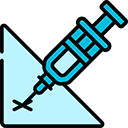
Anesthesia
You’re asleep under general anesthesia.

Incision
Small incision made in front of neck, lower back, or along spine.

Decompression
Herniated disc, bone spurs, or ligament removed to relieve pressure.

Implant placement
Artificial disc, Coflex device, or laminoplasty plate inserted.

Closure
Small incision closed; many patients go home the same or next day.
Schedule a Spine Consultation Today.
If you’re considering surgery but want to preserve your spine’s natural movement, Motion Preservation Surgery may be the right option for you. Dr. Greenwald and his compassionate team will evaluate your condition, explain all available treatments, and determine whether a motion-preserving approach is appropriate for your needs. Every step you take toward better spine health brings you closer to comfort, strength, and freedom of movement. Schedule your consultation today and learn how Dr. Greenwald can help you find relief while keeping your spine flexible and active.
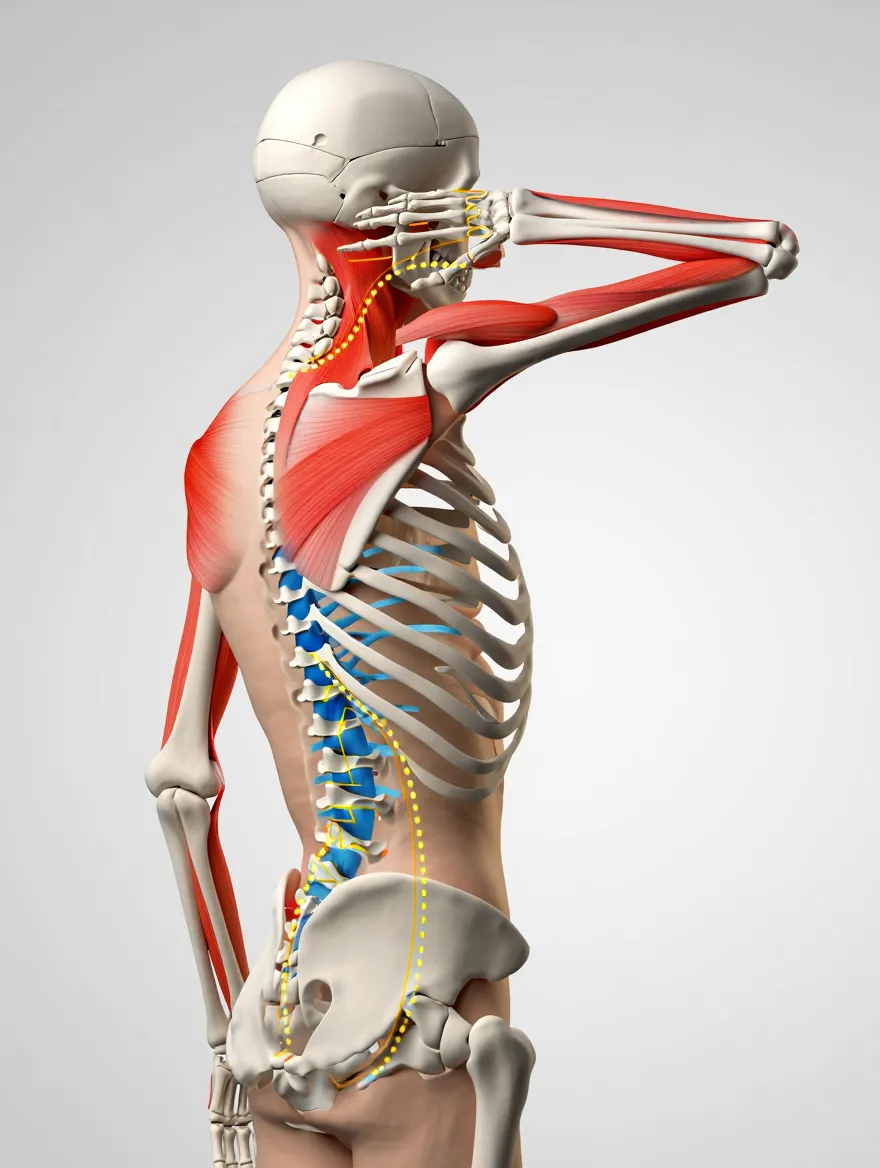
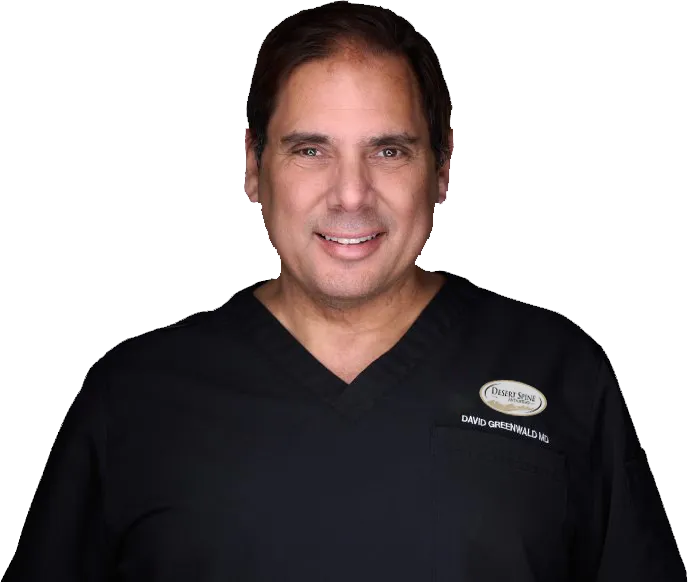
Dr. David L. Greenwald, M.D., F.A.C.S.
Neurosurgeon | Spine Surgeon | Regenerative Medicine
Dr. David L. Greenwald, MD, FACS, is a board-certified spine surgeon with specialized expertise in Motion Preservation Surgery, a modern approach that focuses on treating spinal conditions while maintaining natural movement and flexibility. Unlike traditional fusion procedures that limit motion, motion-preserving techniques—such as artificial disc replacement and dynamic stabilization—are designed to relieve pain, decompress nerves, and restore stability without sacrificing mobility. Dr. Greenwald combines advanced imaging, precision technology, and minimally invasive techniques to achieve optimal outcomes for patients suffering from degenerative disc disease, herniated discs, or cervical and lumbar spine disorders. His patient-first approach helps individuals throughout South Florida experience faster recovery, lasting relief, and improved spinal function.
Recovery Timeline

Day 0–1
Walking the same day; many patients go home within 24 hours

Weeks 1-2
Light activity, incision healing, reduced soreness

Weeks 2–6
Desk work resumed; walking encouraged

Weeks 6–12
Physical therapy begins; strength and flexibility restored

Months 3–6
Most daily activities resumed comfortably

Months 6–12+
Long-term monitoring with imaging to confirm stability and implant function
Disc Replacement Procedure Insights

Disc Replacement Surgery Procedure Steps
Disc replacement: Smith-Robinson cervical approach or anterior lumbar exposure; discectomy performed; endplates prepared; prosthesis sized and implanted under fluoroscopy.
Laminoplasty: Posterior cervical midline approach; hinge created with drill; lamina elevated and secured with titanium plates.
Coflex: Posterior MIS approach; decompression performed; interlaminar space prepared; device implanted between spinous processes.

Benefits of Motion Preservation
Maintains natural spinal motion
Reduces risk of adjacent segment disease compared to fusion
Minimally invasive approaches available
Faster recovery compared to fusion in many cases
Effective relief of pain and neurologic symptoms
Risks & Limitations
Implant-related complications (migration, wear, breakage — rare)
Infection, bleeding, or nerve injury (uncommon with precision technique)
Not suitable for patients with instability, deformity, or severe arthritis
Long-term durability of some implants still being studied
May still require fusion later if disease progresses

Why Choose Desert Spine and Pain?
Neurosurgeon-led expertise: Dr. Greenwald is highly experienced in motion-preserving techniques as well as fusion
Full spectrum of care: Conservative-first philosophy; surgery only when necessary
Advanced implants and tools: Latest generation artificial discs, Coflex devices, and laminoplasty plates
Patient-first approach: We educate and reassure patients every step of the way, reducing anxiety about surgery
Call us today for a Spine Consultation. Relief is a phone call away!
Frequently Asked Questions
How is motion preservation surgery different from fusion?
Fusion eliminates motion at a spinal level. Motion preservation relieves compression while keeping the joint mobile, reducing stress on adjacent levels.
Who is a candidate for motion preservation surgery?
Typically younger, active patients with 1–2 level disease, without instability or severe arthritis.
Will I have restrictions after motion preservation surgery?
Yes, but fewer than fusion patients. Most resume normal life faster, with greater long-term flexibility.
How long do artificial discs or devices last?
Most are designed to last 10–20+ years. Ongoing studies show strong durability, but implants may eventually need revision.
How does Desert Spine and Pain approach motion preservation differently?
We carefully select candidates, use neurosurgical precision, and offer both fusion and motion-preserving options so patients get the safest, most effective plan.
Book your Spine Care Consultation Today!


Desert Spine and Pain
Patient Centered & Partner Focused
Quick Links
Resources
Connect With Us
© Desert Spine and Pain. 2025. All Rights Reserved. Sitemap
